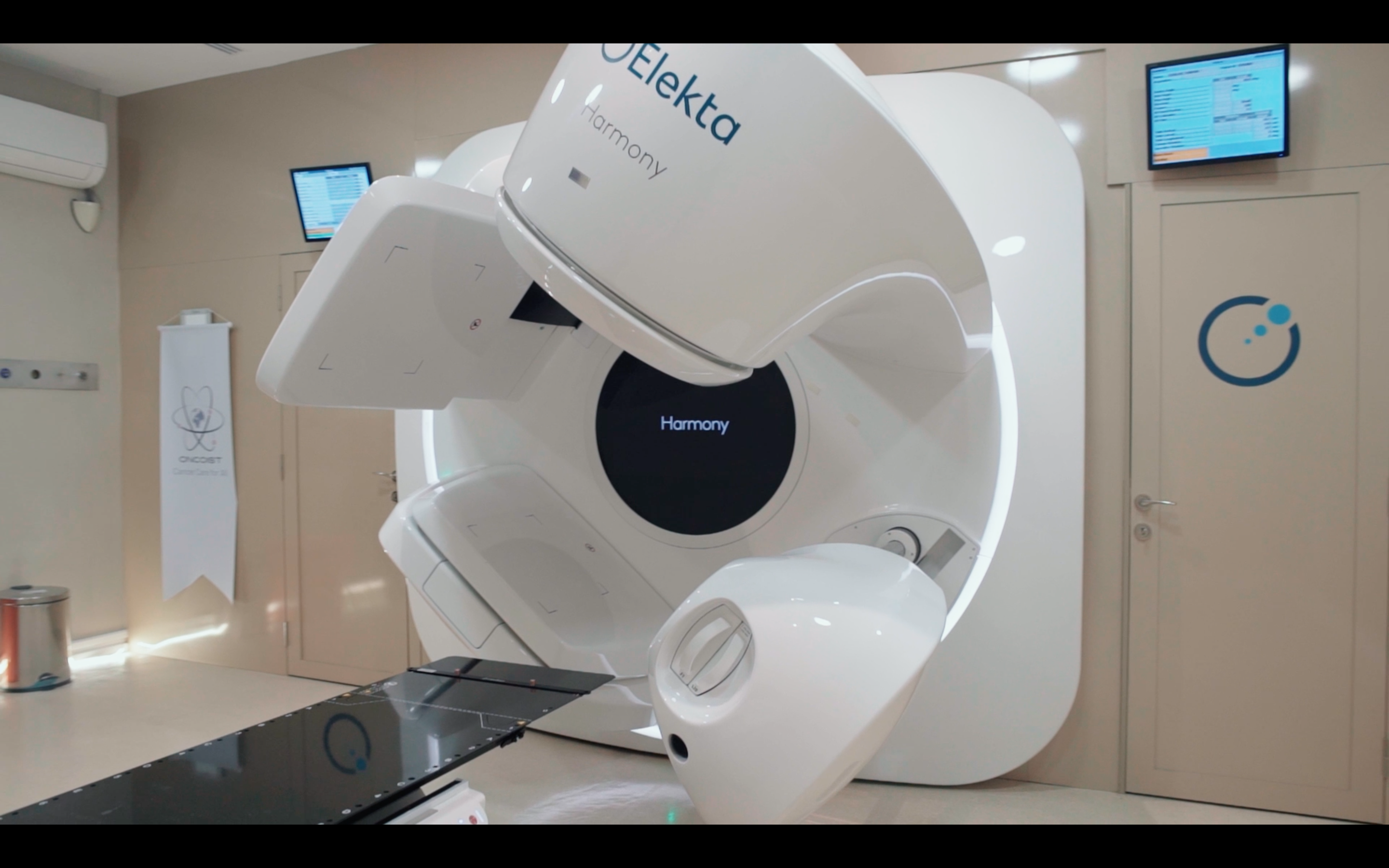Radiotherapy
In radiotherapy, radiation oncologists use special type of radiation beams to remove cancer cells from the body. These beams cause damage to rapidly dividing cells in the body, such as cancer cells. Like chemotherapy, doctors prescribe radiotherapy in cycles to reduce damage to healthy tissues and minimize side effects.
Different equipment such as Gammaknife, Cyberknife, Truebeam or LinAc systems all use radiation beams to cancer cells. In the past, oncologists used radioactive materials such as Cobalt-60 to generate radiotherapy beams. With the discovery of Linear Accelerators, these older systems became obsolete. Linear Accelerators do not have radioactive materials but instead use particle physics to generate radiation beams.

Preparations
Preparation for radiotherapy usually involves having imaging scans like X-Rays, CT scans, PETs, MRI done to measure the size and shape of the tumor and get an accurate picture of its location. The patient may need to have small markers or tattoos placed on their skin as guides during treatment.
What to expect
During the radiotherapy sessions, patients should expect to spend about 15–20. minutes lying on a treatment bed while machines move around them to target specific areas of their bodies with beam/particle energy.
Duration of the treatment
Duration of the treatment largely depends on the type of cancer and amount of tissue involved but it generally lasts several weeks.
Common side effects
Some common side effects of radiation therapy include fatigue, skin reactions, hair loss at the treatment site, and nausea.
Success rate
Success rate for radiotherapy depends on factors such as the stage of cancer, size of tumor and location of tumor, but it has been found that over half of all cancer patients who receive it can be successfully cured using this method.
